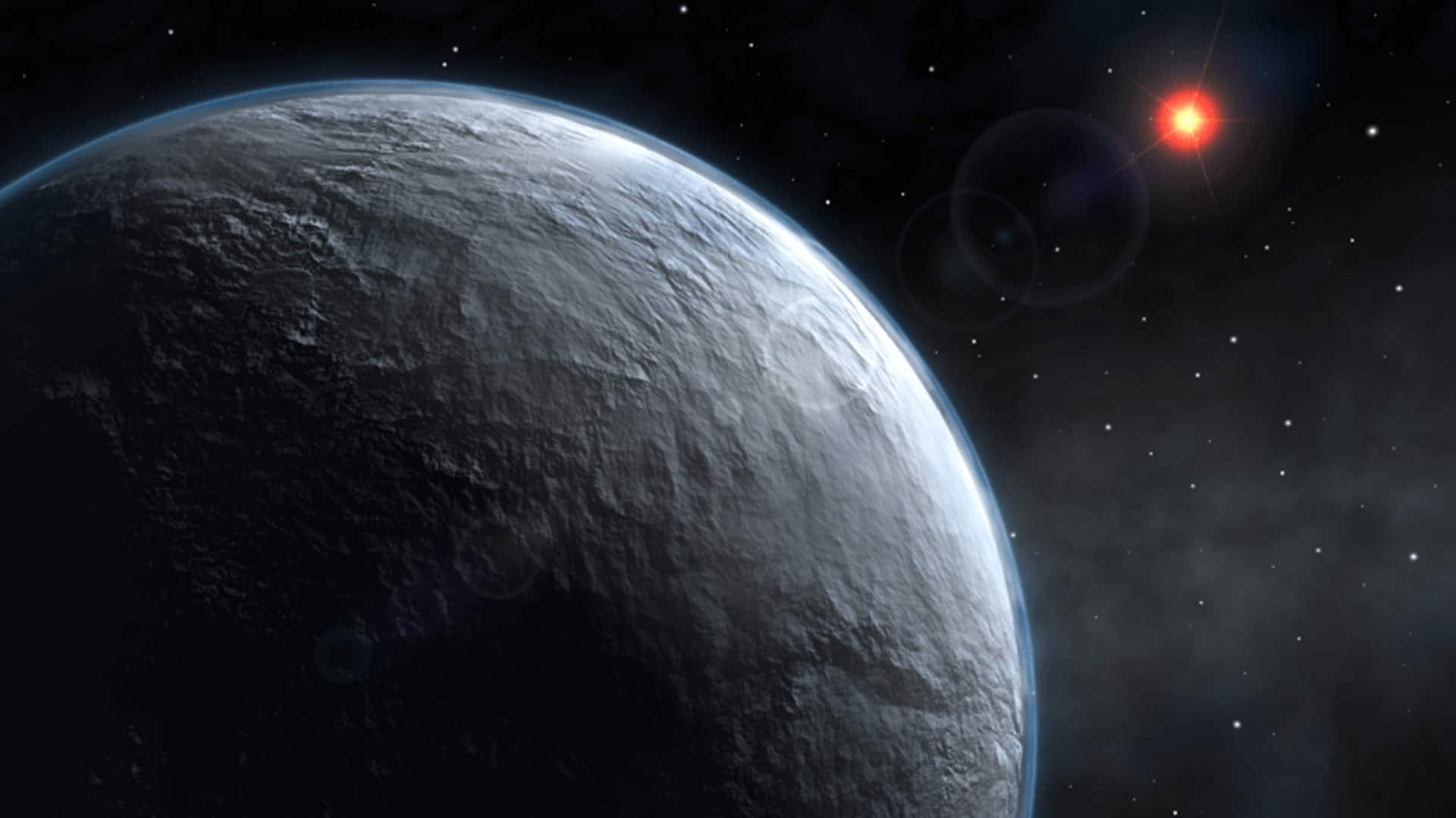
These known exoplanets might be larger than we thought
What's the story
A team of astronomers from the University of California, Irvine (UCI) has found that over 200 known exoplanets are possibly much larger than previously estimated. The study, published in the Astrophysical Journal Letters, could change our understanding of potential habitats for extraterrestrial life. "We found that hundreds of exoplanets are larger than they appear," said Te Han, a doctoral student at UCI and lead author of the study.
Methodology
How astronomers study exoplanets
Astronomers can't directly observe exoplanets; they have to wait for a planet to pass in front of its host star and then measure the drop in light from that star. "We're basically measuring the shadow of the planet," said Paul Robertson, a professor of astronomy at UCI and co-author of the study. Han's team examined data from NASA's Transiting Exoplanet Survey Satellite (TESS) on hundreds of exoplanets.
Discovery
How light from neighboring stars can affect observations
Han's team discovered that light from the neighboring stars can "contaminate" the light of a star being studied. This can make any planet passing in front of a star appear smaller than it actually is, as the smaller planets block less light than bigger ones. The scientists used data from another satellite mission called Gaia to estimate how much light contamination affects TESS's observations.
Impact
Many planets could be larger than initially thought
The study's findings suggest that many planets could be larger than initially thought, raising questions about the prevalence of Earth-sized planets. Han noted that "of the single-planet systems discovered by TESS so far, only three were thought to be similar to Earth in their composition."
Life implications
Implications for search for extraterrestrial life
The study's findings could have major implications for the search for extraterrestrial life. It suggests that instead of rocky planets like Earth, we could be dealing with "water worlds," which are bigger than Earth and covered by one giant ocean. While these water worlds might support life, they may not have the same features that help life thrive on Earth-like planets.